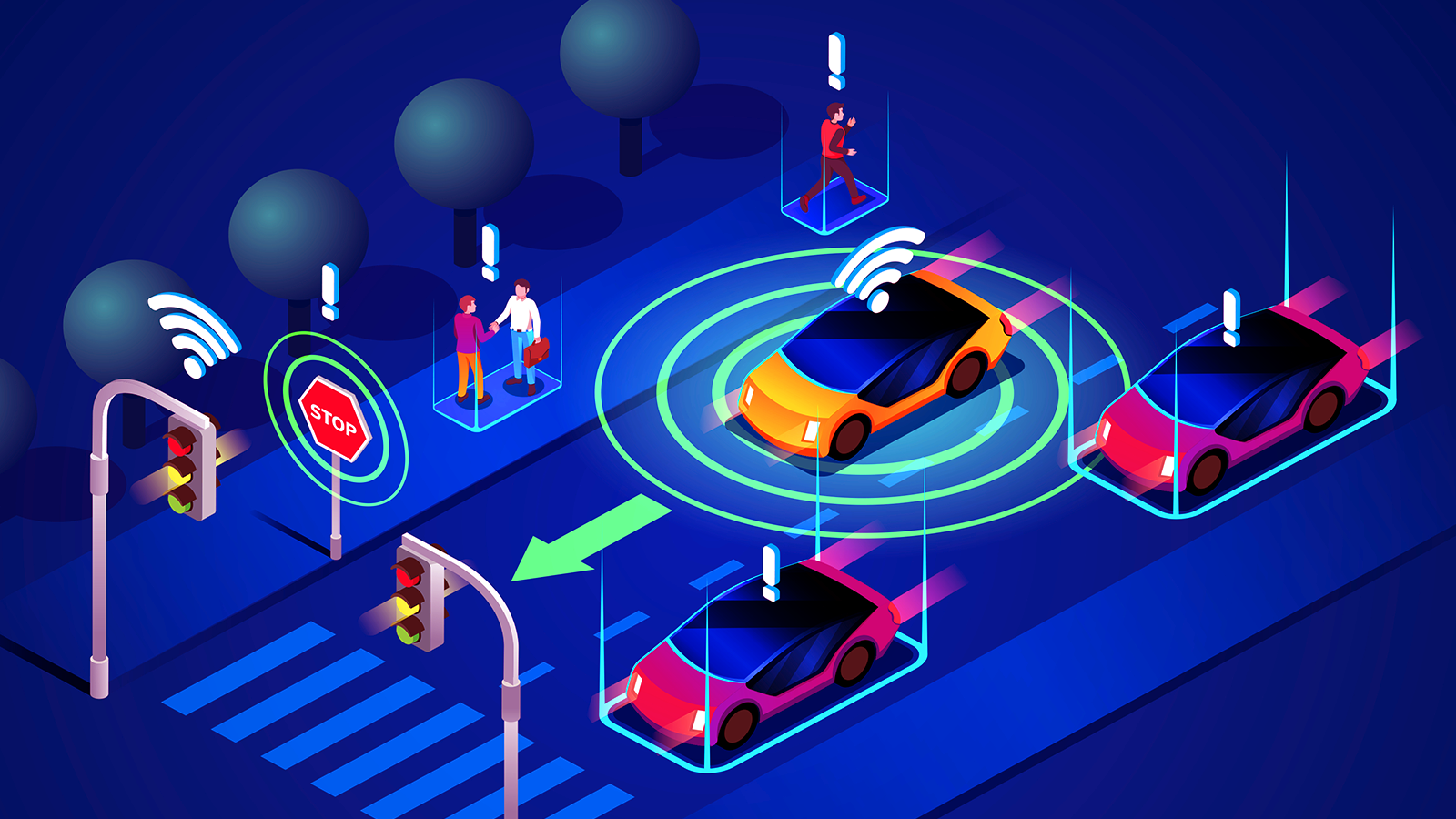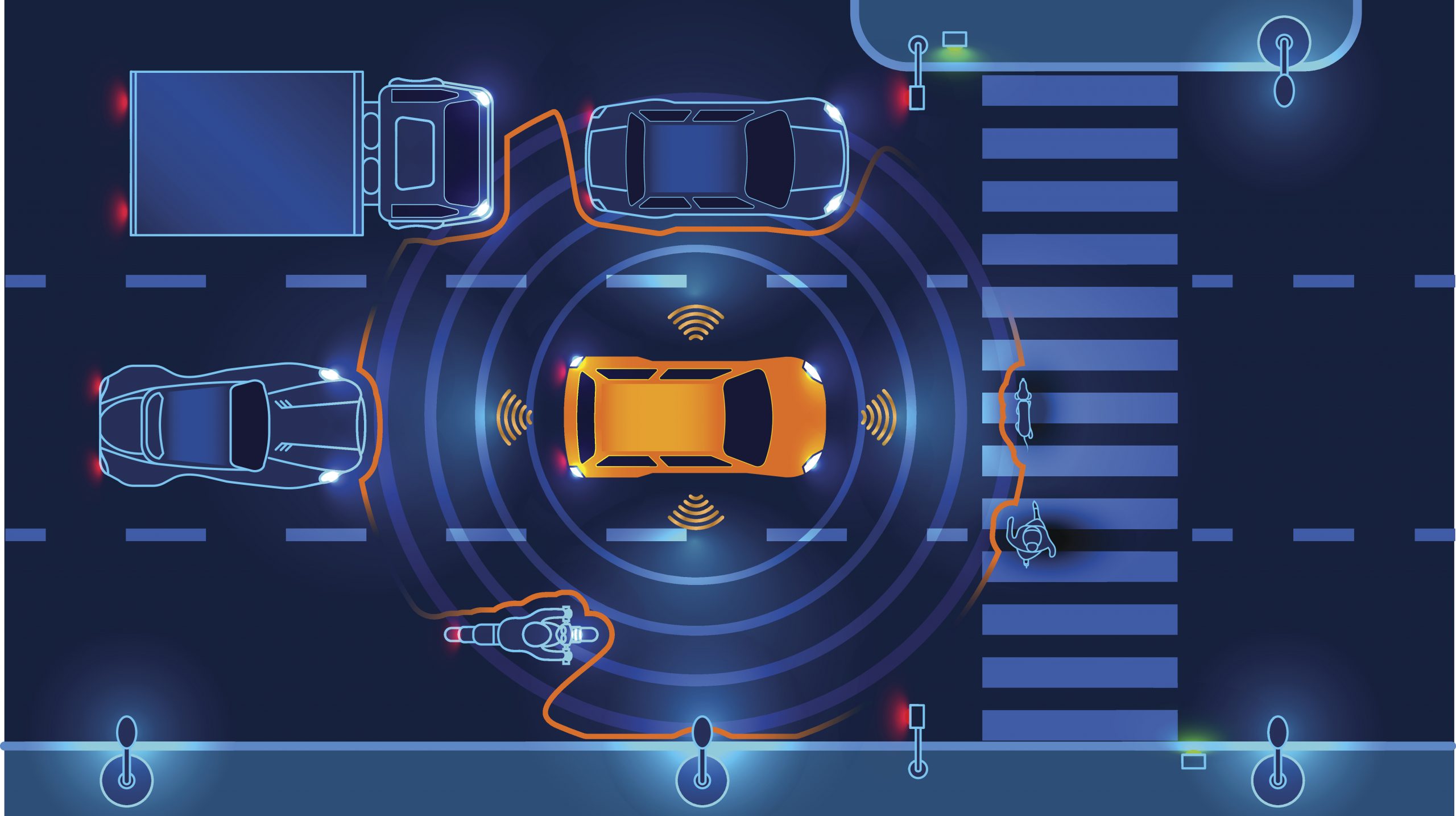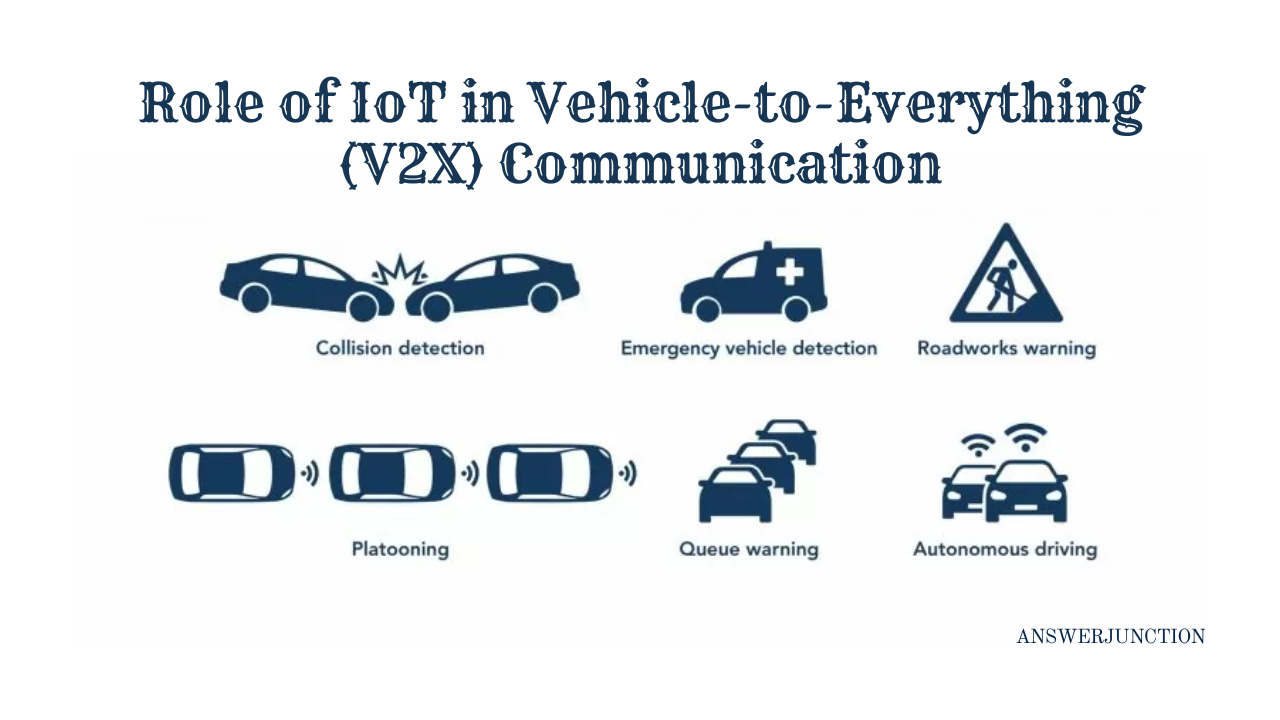The rapid advancement of technology in recent years has fundamentally altered various industries, and the automotive sector is no exception. At the forefront of this transformation is the Internet of Things (IoT), a network of interconnected devices that collect, share, and analyze data in real-time. One of the most significant applications of IoT in the automotive field is Vehicle-to-Everything (V2X) communication. This concept encompasses the communication between vehicles and their surroundings, including infrastructure, other vehicles, pedestrians, and networks. The integration of IoT into V2X communication is crucial for enhancing road safety, improving traffic management, and paving the way for autonomous vehicles. This article delves into the various aspects of V2X communication, the pivotal role IoT plays in it, and its implications for the future of transportation.
Understanding V2X Communication

V2X communication is an umbrella term that includes several types of interactions: Vehicle-to-Vehicle (V2V), Vehicle-to-Infrastructure (V2I), Vehicle-to-Pedestrian (V2P), and Vehicle-to-Network (V2N). Each of these interactions contributes to creating a more connected and efficient transportation ecosystem.
- Vehicle-to-Vehicle (V2V): This communication allows vehicles to exchange information about their speed, position, and direction. For instance, if a vehicle is approaching an intersection and detects that another vehicle is running a red light, it can warn the driver or take corrective action automatically. This proactive approach enhances situational awareness and significantly reduces the risk of collisions.
- Vehicle-to-Infrastructure (V2I): This type of communication involves vehicles communicating with traffic signals, road signs, and other infrastructure components. For example, a car approaching a traffic light can receive information about the light’s current status and the expected duration until it changes. This enables drivers to make informed decisions, such as slowing down or preparing to stop, thereby improving traffic flow and reducing congestion.
- Vehicle-to-Pedestrian (V2P): V2P communication focuses on interactions between vehicles and pedestrians. With the help of IoT sensors and applications, vehicles can detect nearby pedestrians and communicate with them to ensure safety. For instance, a vehicle can alert a pedestrian when it is about to make a turn, reducing the likelihood of accidents.
- Vehicle-to-Network (V2N): This involves communication between vehicles and cloud-based services or networks. Through V2N, vehicles can access real-time data, such as traffic conditions, weather updates, and navigation assistance. This connectivity enhances the driving experience by providing drivers with crucial information that can help them reach their destinations more efficiently.
The Role of IoT in V2X Communication
IoT technology is the backbone of V2X communication, facilitating seamless data exchange between vehicles and their environment. Several components contribute to this integration, including sensors, communication protocols, and cloud computing.
Sensors and Devices
At the heart of IoT-enabled V2X communication are various sensors and devices embedded in vehicles and infrastructure. These sensors collect data on vehicle speed, position, direction, and surrounding environmental conditions. For instance, cameras and radar systems in vehicles can detect other vehicles, pedestrians, and obstacles, while infrastructure components like traffic lights and road signs can relay critical information to passing vehicles. This data collection is essential for making informed decisions and enhancing safety on the road.
Communication Protocols
Effective communication is crucial for V2X interactions. IoT employs several communication protocols that allow vehicles to exchange data with one another and with infrastructure. Dedicated Short Range Communications (DSRC) and Cellular Vehicle-to-Everything (C-V2X) are two primary protocols used in V2X communication.
- Dedicated Short-Range Communications (DSRC): This protocol is designed for low-latency communication between vehicles and infrastructure. DSRC operates in the 5.9 GHz frequency band and allows for fast and secure data exchange, making it suitable for applications that require immediate responses, such as collision avoidance.
- Cellular Vehicle-to-Everything (C-V2X): This protocol leverages existing cellular networks to facilitate communication. C-V2X offers broader coverage and greater scalability compared to DSRC. It enables vehicles to connect with other vehicles, infrastructure, and the cloud, allowing for advanced applications that require real-time data processing and analysis.
Cloud Computing and Data Analytics
The integration of cloud computing with V2X communication enhances data processing capabilities. Vehicles generate massive amounts of data, and cloud-based services can analyze this data to extract valuable insights. For example, real-time traffic data collected from multiple vehicles can be aggregated in the cloud to identify congestion patterns and provide dynamic traffic management solutions. Moreover, machine learning algorithms can analyze historical data to predict traffic trends and optimize routing, ultimately leading to more efficient transportation systems.
Benefits of IoT-Enabled V2X Communication

The implementation of IoT in V2X communication offers numerous benefits that enhance road safety, improve traffic management, and contribute to the development of autonomous vehicles.
Enhanced Safety
One of the primary advantages of V2X communication is the potential to significantly improve road safety. By enabling vehicles to share real-time information about their surroundings, drivers can be alerted to potential hazards, reducing the risk of accidents. For instance, if a vehicle detects that another vehicle is approaching at high speed from a blind spot, it can warn the driver, allowing them to take preventive action. Furthermore, V2P communication ensures that pedestrians are aware of oncoming vehicles, creating a safer environment for all road users.
Improved Traffic Management
IoT-enabled V2X communication facilitates better traffic management by providing real-time data on traffic conditions. By analyzing this data, traffic authorities can optimize traffic signal timings, manage congestion, and reduce travel times. Additionally, vehicles equipped with V2I communication can receive real-time updates on road conditions, enabling them to adjust their routes accordingly. This dynamic routing capability not only improves traffic flow but also contributes to reduced fuel consumption and lower emissions.
Support for Autonomous Vehicles
The development of autonomous vehicles relies heavily on V2X communication. For self-driving cars to navigate safely and efficiently, they must be able to communicate with other vehicles and infrastructure. IoT technology plays a vital role in providing the necessary data for autonomous vehicles to make informed decisions. By leveraging V2X communication, autonomous vehicles can access real-time information about traffic conditions, obstacles, and potential hazards, allowing them to operate safely in complex environments.
Environmental Benefits
IoT-enabled V2X communication can contribute to environmental sustainability by optimizing traffic flow and reducing emissions. Efficient traffic management reduces congestion, leading to lower fuel consumption and decreased greenhouse gas emissions. Additionally, vehicles that can communicate with each other and infrastructure can adjust their speeds to minimize stop-and-go driving, further enhancing fuel efficiency.
Challenges in Implementing V2X Communication
Despite its numerous benefits, the implementation of IoT in V2X communication faces several challenges that must be addressed to realize its full potential.
Standardization
One of the key challenges in V2X communication is the lack of standardized protocols and systems. Different manufacturers and regions may adopt varying communication protocols, leading to compatibility issues. Standardization is essential to ensure that vehicles from different manufacturers can communicate effectively and share critical data seamlessly.
Security and Privacy Concerns
As with any IoT application, security and privacy concerns are paramount in V2X communication. The vast amount of data exchanged between vehicles, infrastructure, and cloud services creates potential vulnerabilities. Cybersecurity measures must be implemented to protect against hacking and unauthorized access to sensitive data. Furthermore, privacy concerns regarding the collection and sharing of location data must be addressed to ensure public trust in V2X technology.
Infrastructure Investment
The successful implementation of V2X communication requires significant investment in infrastructure. Upgrading existing roadways, traffic signals, and other infrastructure components to support IoT-enabled V2X communication can be costly and time-consuming. Governments and private entities must collaborate to develop a comprehensive plan for infrastructure enhancement that accommodates V2X technology.
Public Acceptance
Public acceptance is another critical factor influencing the success of V2X communication. Many individuals may be hesitant to embrace new technologies, particularly when it comes to issues of safety and privacy. Educating the public about the benefits of V2X communication and addressing their concerns will be essential for widespread adoption.
Future Prospects of V2X Communication

As technology continues to evolve, the future of V2X communication looks promising. The integration of advanced technologies such as artificial intelligence (AI) and edge computing will enhance the capabilities of IoT in V2X communication.
Artificial Intelligence
The incorporation of AI into V2X communication can lead to smarter traffic management systems. AI algorithms can analyze data from various sources to identify patterns and predict traffic conditions, enabling proactive measures to alleviate congestion. Additionally, AI can improve the decision-making processes in autonomous vehicles, allowing them to navigate complex environments more effectively.
Edge Computing
Edge computing, which involves processing data closer to the source rather than relying solely on cloud computing, can reduce latency in V2X communication. By enabling real-time data processing at the edge of the network, vehicles can respond more quickly to changing conditions. This capability is particularly important for safety-critical applications, such as collision avoidance.
Integration with Smart Cities
The concept of smart cities is closely linked to the development of V2X communication. As cities evolve into smart ecosystems that leverage IoT technology, V2X communication will play a vital role in enhancing urban mobility. Integrating V2X communication with smart city initiatives will create a more efficient and sustainable transportation system, ultimately improving the quality of life for residents.
The role of IoT in Vehicle-to-Everything (V2X) communication is transformative, offering numerous benefits that enhance road safety, improve traffic management, and support the development of autonomous vehicles. As the automotive industry continues to embrace this technology, addressing challenges related to standardization, security, and infrastructure investment will be crucial for successful implementation. The future of transportation lies in the seamless integration of vehicles with their surroundings, and IoT-enabled V2X communication will undoubtedly play a pivotal role in shaping that future. By fostering a connected transportation ecosystem, we can create safer, more efficient, and sustainable roadways for generations to come.



